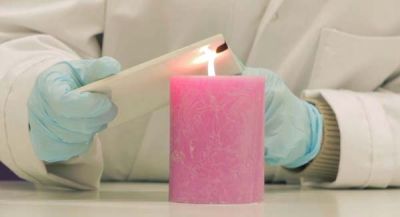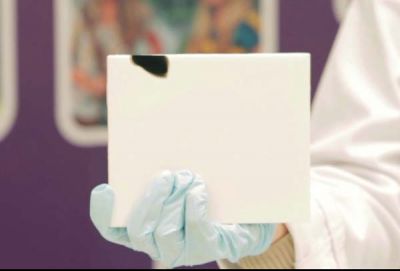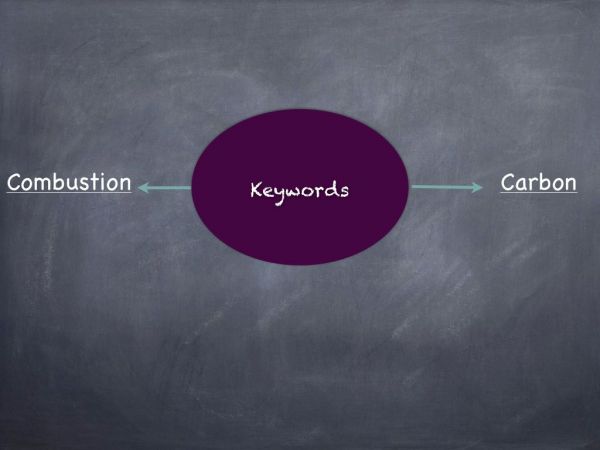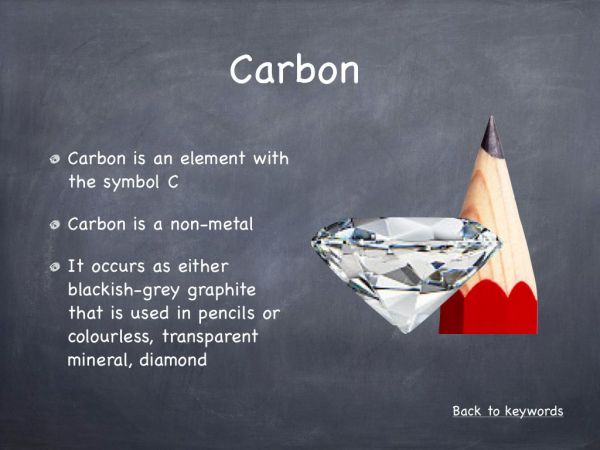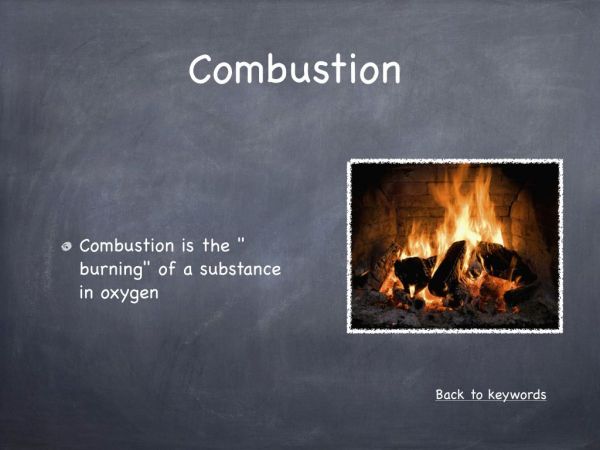Carbon is a great introduction to the topic of nonmetals as it is the building block of life. From students’ prior knowledge and their everyday lives comparisons can be made to the different forms of carbon for example, burnt toast, diamonds and pencils. This demonstration is very simple to carry out in every classroom as the materials required are easy to obtain and inexpensive.
Video: Obtaining a carbon sample from a candle
Methodology
Materials
- Large candle
- A white tile
Method
Place the white tile over a lit candle to limit the oxygen supply to the candle. Lift up the white tile and the black soot that is present on the candle is pure carbon.
Tips
Ensure that the candle is not quenched when carrying out the experiment.
*Precautions/Safety
Theory behind the hook
When a candle burns in air the wax of the candle reacts with the oxygen in the air to produce carbon dioxide, some water and energy in the form of light. Chemical reaction of normal combustion in a candle is a follows:
C25H52 + 38 O2 –>25CO2 + 26 H2O + energy
Paraffin wax + Oxygen –> carbon dioxide + water + energy
In this demonstration the oxygen was limited during the combustion of the candle. This causes less carbon dioxide to form due to the limited oxygen and pure carbon to form instead. The chemical reaction would take place is:
Paraffin wax + Oxygen (limited) Carbon (soot) –> carbon dioxide (limited) + water + energy
How this hook works
This hook is very effective as it is easy for the teacher to carry out in class. It allows students to see real examples of the elements/non-metals in the classroom and shows them how they can be easily produced. It also reinforces changes of state and the different properties elements have in different compounds. The teacher is able to make numerous links to how the students use of carbon in their everyday lives.
Questions & Answers
- Where is carbon found in everyday life?
Diamonds, graphite (pencils), goal, medicines and in carbohydrates. - What does this tell about carbon?
That it is present in many different forms. - What could be different between these different forms of carbon?
The way in carbon forms bond.
Cross Curricular Links
This hook can be discussed in relation to the periodic table and the properties of carbon dioxide.

